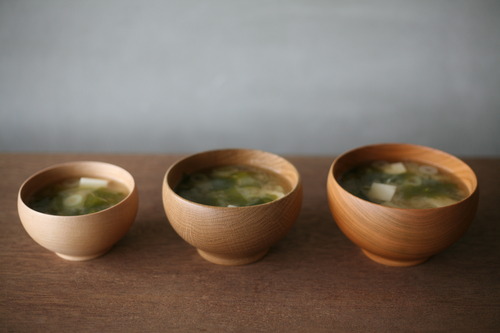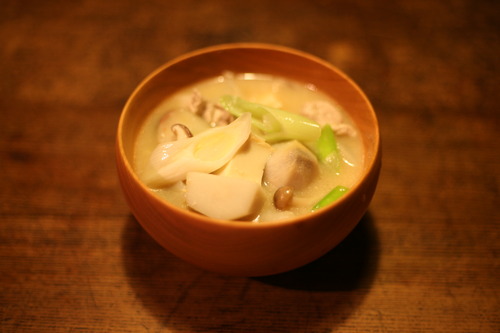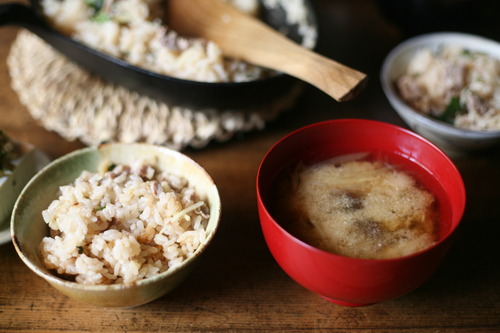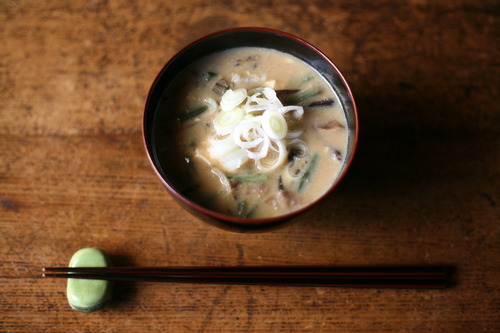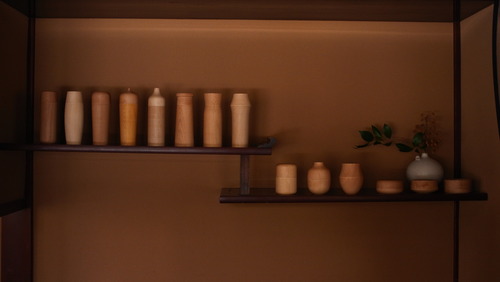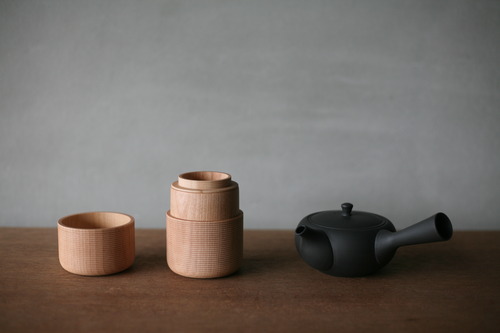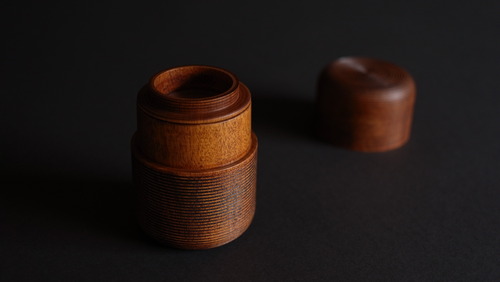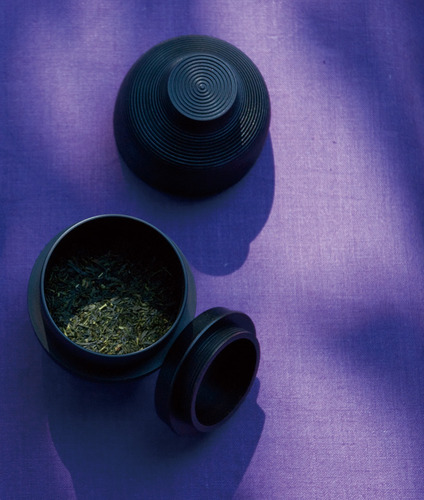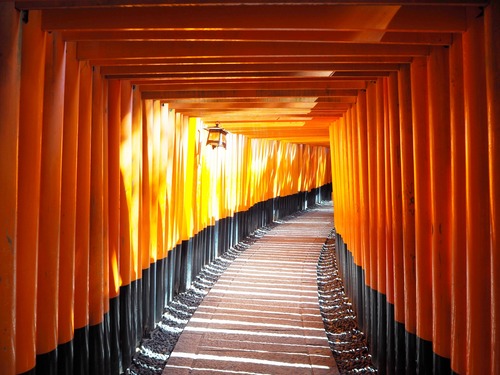
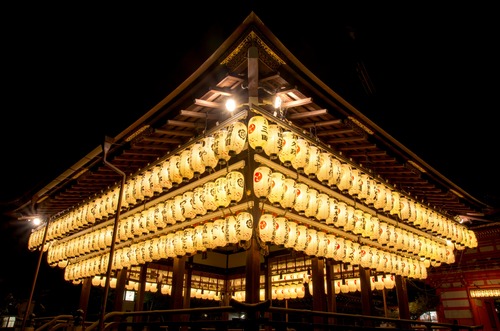
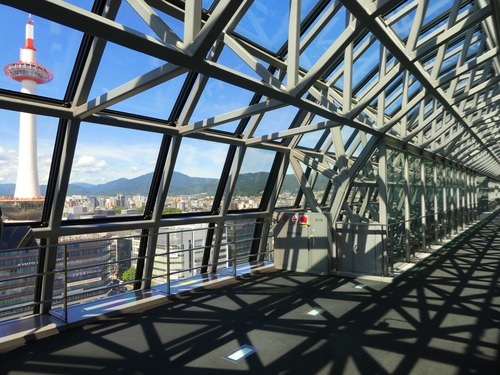
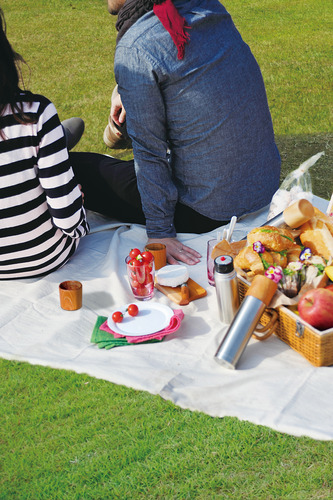
Kyoto is hot and humid during the summer, which is mainly due to its geographic features. The city of Kyoto is developed in a basin and is surrounded by mountains. The basket-like landform retains the hot and humid within, while it hardly produces wind. Nara is similarly located on a basin, which is why the temperature increases drastically during the summer.
As to prevent heatstroke and dehydration, it is important to constantly consume water, especially considering that we today wear masks that further increase the chance of getting it. Therefore, it is recommended to always carry water bottles when going out. MokuNeji’s Bottle is characterized by its wooden cover, which can be used as a cup as well. It well retains the temperature of the content, while it hardly becomes hot or cold on the surface.
Extreme outdoor workout under the sun is dangerous, so it may be safer to take a walk at night when the temperature decreases. There are many places you may want to visit at night in Kyoto. Fushimi Inari Shrine and Yasaka Shrine are open to visitors at night as well, and the lanterns that light up the shrines produce unique atmospheres that you cannot experience during the daytime. The Skyway tunnel at Kyoto Station is another night attraction as well, at which you could view the illuminated Kyoto Tower.
Enjoy the night walks in Kyoto along with MokuNeji’s beautiful bottle.
MokuNeji’s Bottle
https://www.shokunin.com/en/mokuneji/bottle.html
Reference:
https://tripnote.jp/kyoto/night-spot-all-year-round
